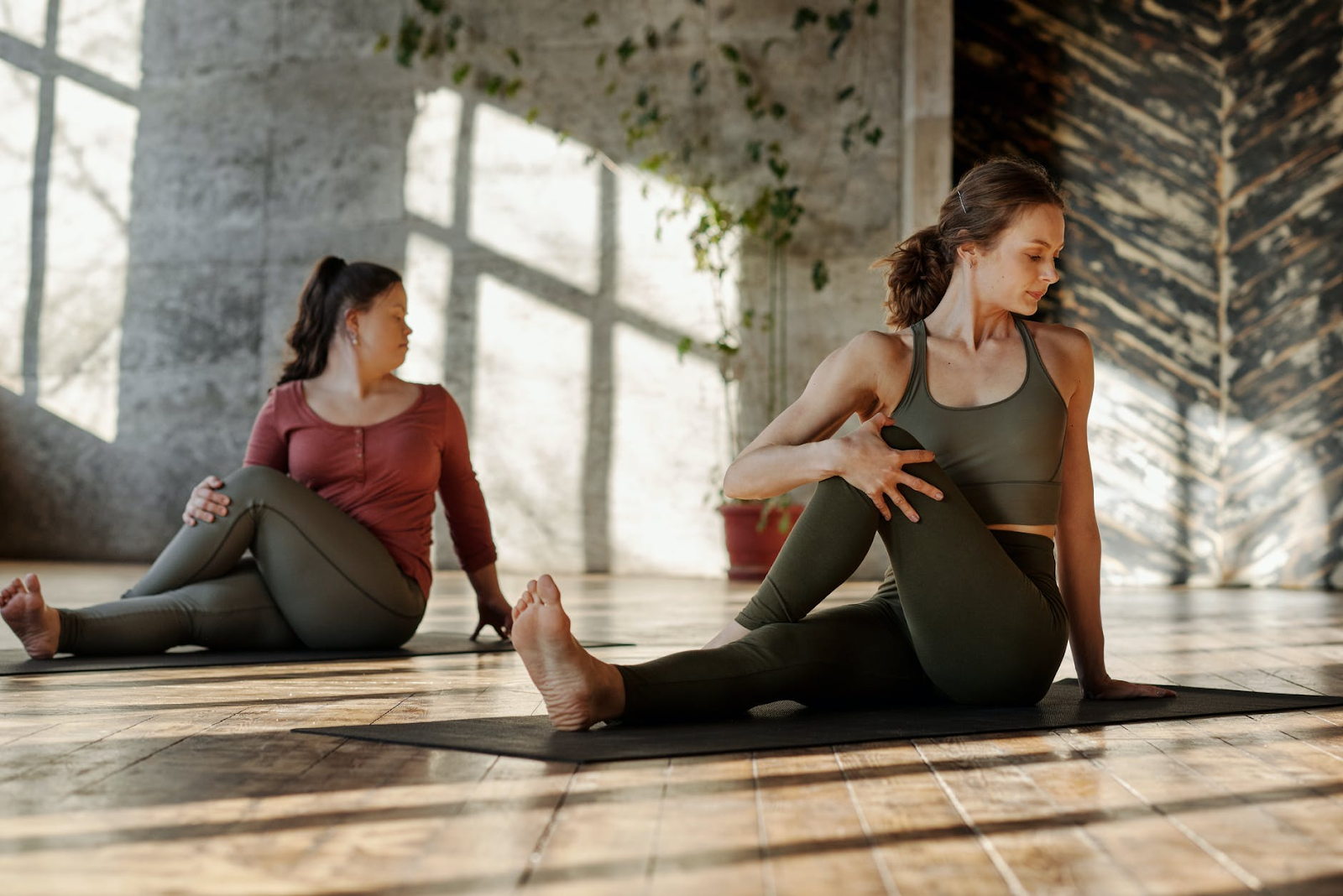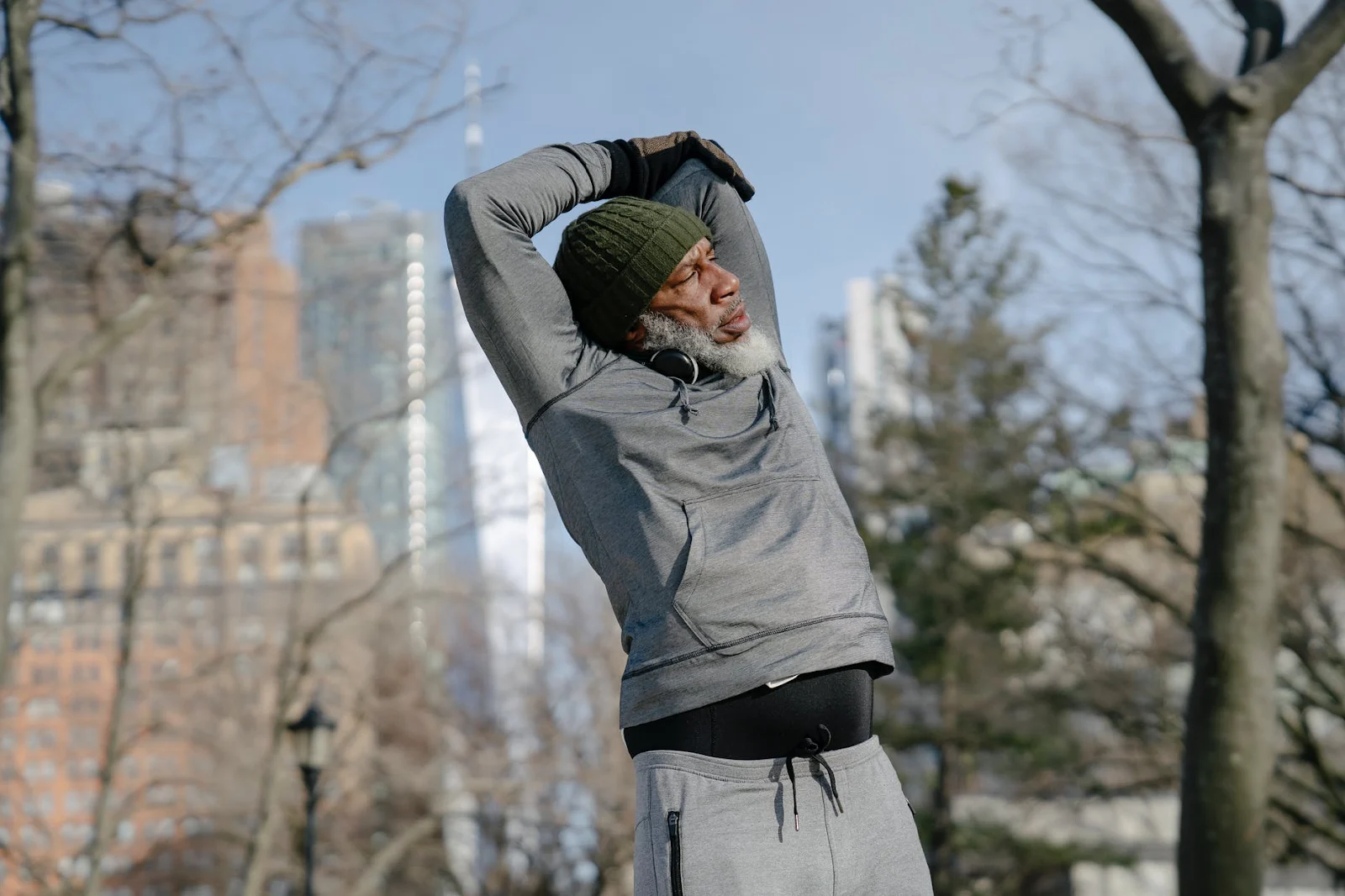Updated: 11/17/2021 | Importance Of Cooling Down After Exercise
When it comes to exercise, the warm-up tends to be a focal point. Warming up ensures the body is adequately prepared for the work ahead and contributes to both performance and injury prevention.
The cool-down period after a workout is equally important.
Here are some of the primary reasons why you should always take the time to cool down after exercise.
Helps Regulate Heart Rate
As you exercise, your heart rate and blood flow increase to support the activity. Jumping from a high-intensity workout to inactivity can be a nasty shock for the system, especially if you have any underlying health conditions. This quick change can also leave you feeling lightheaded or ill. The cool-down eases that transition and helps regulate your blood flow and heart rate, so your blood pressure doesn’t plummet.
This consideration is especially important for those who engage in demanding cardiovascular exercises, like running and field-based sports.
Helps Transition into Other Activities
Most people schedule their exercise amidst other daily activities and responsibilities, like work or school. Getting your heart rate going and flooding your system with endorphins can make it challenging to transition into other activities afterward.
Cooling down after your workout will help your body and mind relax and focus on what’s ahead. If you’re someone who works out in the evening, this period is essential for getting a good night’s rest. Many people struggle to fall asleep after an evening workout but lack the flexibility in their schedule to exercise at another time.
Creating a post-workout cool-down routine, like hydrating, stretching, and refueling can help you settle in for the evening. If you find that you’re too overheated after a workout— a normal side effect of your increased body temperature during exercise— investing in mattresses that keep you cool can also help.

Helps Prevent Muscle Soreness
The cool-down period is the ideal time to work on your mobility and promote muscle recovery. Stretching after a workout keeps your muscles lean and flexible, which contributes to injury prevention. This process can also help prevent blood from pooling in one area, which contributes to muscle soreness after an intense workout.
The worst thing you can do immediately following a workout is to sit down for hours. If you schedule your workouts during the workday, remember to add a cool-down period to protect your body.
Promotes Mobility and Flexibility
While the terms “mobility” and “flexibility” are often used interchangeably, there is a difference. Flexibility is how far your muscles can stretch; mobility is your strength throughout your range of motion.
Scheduling targeted mobility and flexibility exercises while cooling down can prepare your body for the next workout. Doing these exercises while your muscles are warm can enhance the effectiveness of your efforts and promote better long-term flexibility and mobility.
Provides Time to Reflect
Finally, it’s always a good idea to reflect upon your workout after you’re done. This form of mindfulness can help you troubleshoot what went wrong and how you can do better next time. It’s also an opportunity to celebrate your efforts and develop a positive growth mindset.
While cooling down, ask yourself what went wrong during your workout and what factors caused it. Consider what you want to do differently next time and what you’d like to repeat. Remember to show your body gratitude for what it can do.
Cooling down after a workout is an important part of the overall process. Incorporate this post-workout habit to protect your body and prepare yourself for your future workouts.
If you found our post on the Importance Of Cooling Down After Exercise helpful, please share it on Pinterest. Thanks for your support!
Thank you for visiting today! If you found this encouraging or informative, please connect with us on Instagram or TikTok. Sign up for our monthly newsletter for updates and more. We promise we won't spam you! Feel free to unsubscribe anytime. If you're a brand and want to work with us, please visit this page to get in touch.


